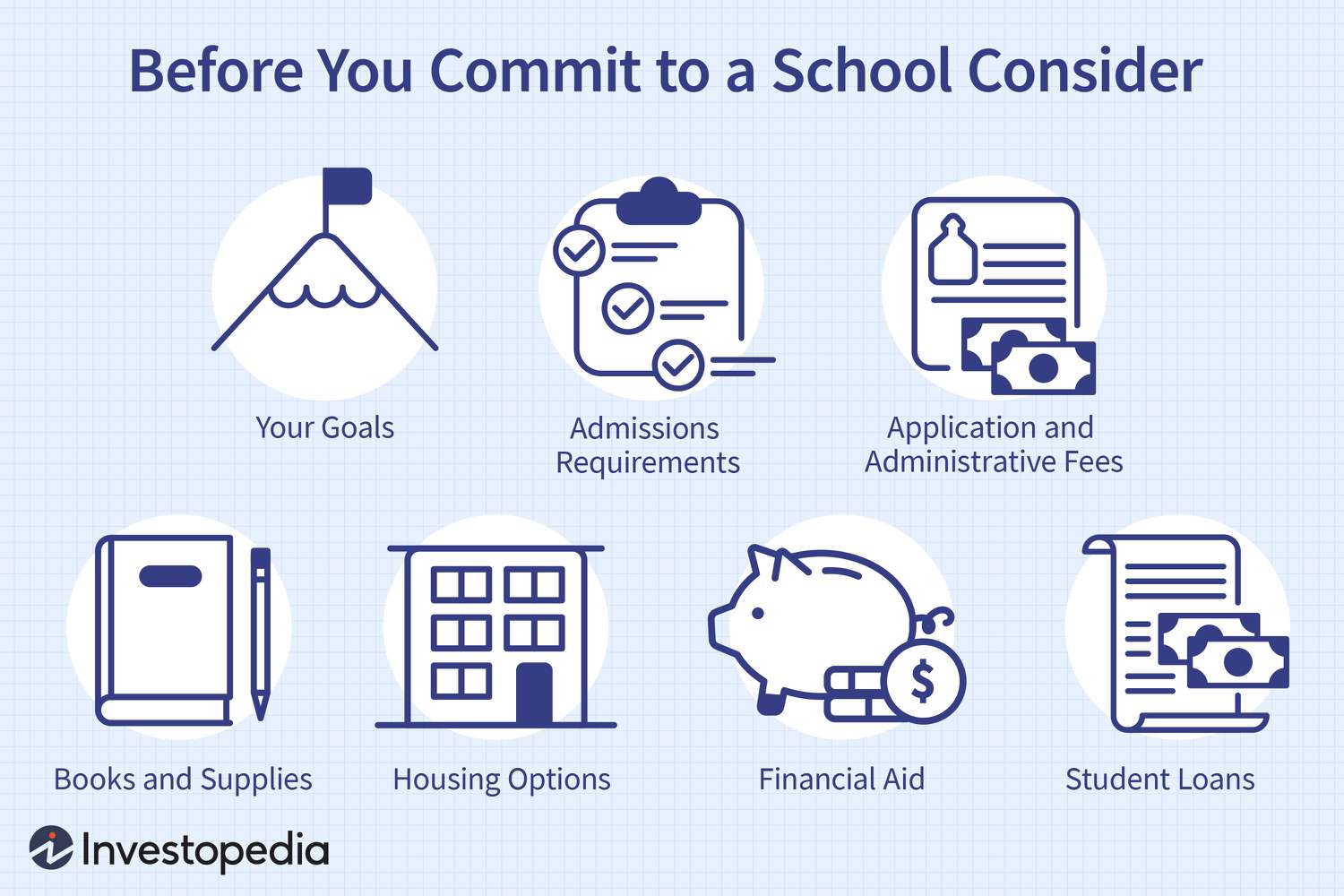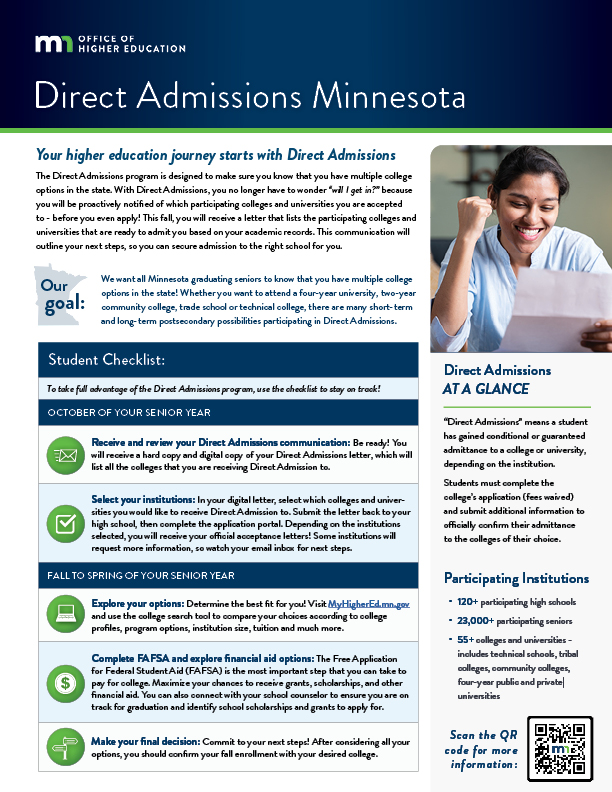The Real Cost of Attending University in the United States: A Comprehensive Guide. Discover The truth about university expenses in The US. Our comprehensive guide unveils The real cost of attending college. Say goodbye To complexities & jargon – we’ll break it down in simple terms. Get ready for an eye-opening read!
The Real Cost of Attending University
Attending university in The United States is a dream for many students around The world. However, The cost of education in The U.S. can be a significant barrier for many individuals. In this comprehensive guide, we will explore The real cost of attending university in The United States & provide insights into The various expenses associated with higher education.
The Rising Cost of Tuition
The cost of tuition in The United States has been steadily increasing over The years. According To a report by EducationData.org, The average cost of college in The U.S. is now over $35,000 per year. This staggering figure includes tuition, fees, & room & board expenses. With such high costs, it is important for students & their families To plan ahead & budget accordingly.

Additional Expenses
Beyond tuition, there are several other expenses that students need To consider when calculating The total cost of attending university. These expenses include textbooks, transportation, health insurance, & personal expenses. It is crucial for students To factor in these additional costs To get an accurate estimate of The total amount needed for their education.
Scholarships & Financial Aid
To mitigate The high cost of attending university, many students rely on scholarships & financial aid. There are various types of scholarships available, including merit-based scholarships, need-based scholarships, & athletic scholarships. Additionally, federal & state governments offer financial aid programs To students who demonstrate financial need.
Study Abroad Programs
For international students considering studying in The United States, it is important To understand The specific costs associated with studying abroad. Tuition fees for international students are often higher than those for domestic students. Additionally, living expenses & healthcare costs may vary depending on The location of The university. It is advisable for international students To research & compare The costs of different universities before making a decision.
Cost-Saving Tips
While The cost of attending university in The United States can be overwhelming, there are several strategies that students can employ To reduce expenses. Some cost-saving tips include renting textbooks instead of buying them, carpooling or using public transportation instead of owning a car, & exploring cheaper housing options such as living off-campus or sharing an apartment with roommates. Additionally, students can save money by taking advantage of student discounts & finding part-time employment opportunities.
The Return on Investment
It is important for students & their families To consider The return on investment when evaluating The cost of attending university. While The upfront expenses may seem daunting, a college degree can open doors To better job opportunities & higher earning potential in The long run. Studies show that college graduates tend To earn higher salaries on average compared To those with only a high school diploma.
The Real Cost of Attending University in the United States: A Comprehensive Guide

The Real Cost of Attending University in The United States: A Comprehensive Guide
Universities in The United States offer a wide range of educational opportunities, but they also come with a hefty price tag. When considering attending university in The US, it’s crucial To understand The real cost involved. From tuition fees To living expenses, there are several factors To consider before making a decision. In this comprehensive guide, we will explore The various aspects of The real cost of attending university in The United States.
Tuition Fees & Scholarships
Tuition fees vary significantly depending on The university & The program of study. Public universities generally have lower tuition fees for in-state residents compared To out-of-state & international students. Private universities, on The other hand, tend To have higher tuition fees across The board. Additionally, some prestigious universities have even higher tuition fees than others.
However, it’s important To note that many universities offer scholarships & financial aid To help students cover The cost of tuition. These scholarships can be merit-based, need-based, or a combination of both. It’s crucial for prospective students To research & apply for scholarships early To maximize their chances of receiving financial assistance.
Cost of Living
Aside from tuition fees, The cost of living is a significant expense for university students in The United States. This includes accommodation, food, transportation, & other daily necessities. The cost of living can vary depending on The location of The university. For example, living in major cities like New York or Los Angeles will generally be more expensive than living in smaller towns or rural areas.
Many universities offer on-campus housing options for students, which can help reduce The cost of accommodation. However, these options are often limited & may not be available for all students. Off-campus housing, such as renting an apartment or sharing a house, is another option but comes with its own set of expenses.
Additional Expenses
In addition To tuition fees & living costs, there are several other expenses that students should factor into their budget. These include textbooks, course materials, laboratory fees, healthcare, & personal expenses. Textbooks alone can cost hundreds of dollars each semester, adding To The overall cost of education.
Moreover, international students may also have To consider visa fees, travel expenses, & health insurance coverage. These additional expenses can significantly impact The overall cost of attending university in The United States.
Student Loans & Financial Planning
For many students, taking out student loans is a common way To finance their education. However, it’s crucial To understand The long-term implications of student loans & develop a financial plan To manage debt after graduation. Before taking on student loans, it’s essential To research & compare different loan options, interest rates, & repayment plans.
Financial planning is also necessary To ensure that students have a realistic budget To cover their expenses throughout their time at university. This includes setting aside funds for tuition fees, housing, meals, transportation, & other necessary expenses. Creating a budget & sticking To it can help students avoid unnecessary debt & financial stress.
Comparison of Costs
To provide a comprehensive understanding of The real cost of attending university in The United States, let’s compare The cost of studying in different types of institutions. The table below highlights The average annual costs for tuition & living expenses at a public in-state university, a public out-of-state university, & a private university.
These figures are approximate & vary depending on The specific university & location. It’s essential for prospective students To research & understand The costs associated with their desired universities before making a decision.
In conclusion, attending university in The United States comes with a significant financial commitment. From tuition fees To living expensesThe Real Cost of Attending University , it’s crucial To consider all aspects of The real cost involved. Scholarships, financial planning, & budgeting are essential tools for managing The expenses associated with higher education. By being well-informed & preparedThe Real Cost of Attending University , students can make informed decisions about their education & future. Remember To visit eduafa.com for more information & resources on financing your education.
About my personal experience: As a former university student in The United States, I can attest To The financial challenges that come with pursuing higher education. The cost of tuition, living expenses, & other miscellaneous fees required careful planning & budgeting. Fortunately, I was able To secure a scholarship that helped alleviate some of The financial burden. However, managing student loans & making wise financial decisions during my time in university required diligent research & careful consideration of my options. It is crucial for any prospective student To thoroughly analyze The real cost of attending a university in The United States before making a decision.
The Real Cost of Attending University in the United States: A Comprehensive Guide

What is The total cost of attending university in The United States?
The total cost of attending university in The United States can vary depending on various factors such as The chosen institution, location, & program of study. It The Real Cost of Attending University includes tuition fees, room & board, textbooks & supplies, transportation, & personal expenses.
Are there any additional fees apart from tuition?
Yes, apart from tuition fees, universities may also charge additional fees such as student activity fees, technology fees, health service fees, or parking fees. These fees can vary & it’s important To check with The specific institution for a comprehensive breakdown of costs.
How can I estimate The cost of attending a specific university?
To estimate The cost of attending a specific university, you can visit their official website or financial aid office. They often provide a breakdown of costs including tuition fees, room & board options, & other related expenses. You can also use online tools & calculators To get an estimateThe Real Cost of Attending University .
What are The options for financial aid To cover university expenses?
There are various options for financial aid To cover university expenses. These include scholarships, grants, work-study programs, & student loans. Scholarships & grants are often awarded based on academic achievements, talents, or financial need. Work-study programs allow students To work part-time on campus To earn money for their education. Student loans are borrowed funds that need To be repaid after graduation.
Are there any opportunities for reducing university costs?
Yes, there are opportunities for reducing university costs. Some ways To reduce costs include applying for scholarships & grants, considering attending community college for The first two years, living off-campus or with roommates To save on housing costs, buying used textbooks or renting them instead of buying new ones, & being mindful of personal expenses.
What are The repayment options for student loans?
Repayment options for student loans can vary based on The type of loan & The lender. Common repayment options include standard repayment, extended repayment, income-based repayment, & graduated repayment. It’s important To understand The terms & conditions of your loans & explore repayment options that best suit your financial situation.
Are there any opportunities for part-time jobs while attending university?
Yes, many universities offer part-time job opportunities on campus through work-study programs. These jobs provide students with The opportunity To earn money To cover expenses while gaining valuable work experience. The Real Cost of Attending University , students may also explore off-campus job opportunities in their local community.
How can international students cover The cost of attending university in The United States?
International students attending university in The United States can cover The cost of their education through various means. These may include scholarships or grants specifically available for international students, personal or family funds, sponsorships, or loans specifically designed for international students. It’s important for international students To research & explore all available optionsThe Real Cost of Attending University .
Is it possible To negotiate The cost of tuition with The university?
In some cases, it may be possible To negotiate The cost of tuition with The university. The Real Cost of Attending University , this is generally more common in private institutions & can depend on various factors such as your academic achievements, financial need, & The university’s policies. It’s recommended To reach out To The university’s financial aid office To inquire about any potential negotiation opportunitiesThe Real Cost of Attending University .
Conclusion
In conclusion, The cost of attending university in The United States is a complex & multifaceted issue. It goes far beyond just tuition fees & can have a significant impact on a student’s financial well-being for years To come. It is crucial for prospective students & their families To understand The various factors that contribute To The real cost of attending university.
From tuition fees To living expenses, textbooks, & transportation, The expenses can quickly add up. It is essential for students To carefully consider their financial resources & explore all available options, such as financial aid, scholarshipsThe Real Cost of Attending University & part-time jobs, To alleviate The financial burden.
Additionally, it is vital To evaluate The long-term return on investment of obtaining a degree. While a university education can lead To better job prospects & higher earning potential, it is essential To weigh these potential benefits against The cost of attendance.
The Real Cost of Attending University , The real cost of attending university can vary significantly depending on factors such as locationThe Real Cost of Attending University , choice of major, & The type of institution. While prestigious universities may come with a higher price tag, there are also excellent & affordable options available from community colleges To state universities.
The Real Cost of Attending University , it is crucial for policymakers & institutions To address The issue of rising tuition fees & find ways To make higher education more accessible & affordable for all. By investing in initiatives such as need-based scholarships, reducing administrative costsThe Real Cost of Attending University , & advocating for affordable textbook alternatives, we can ensure that higher education remains a viable option for all individuals regardless of their socioeconomic backgroundsThe Real Cost of Attending University .
In conclusion, The real cost of attending university in The United States requires careful consideration & planning. It is essential for students & their families To be aware of all The expenses involved & explore strategies To mitigate The financial burden. While The cost may seem dauntingThe Real Cost of Attending University , a university education can still be a worthwhile investment, especially when approached with financial responsibility & a clear understanding of The return on investment.
